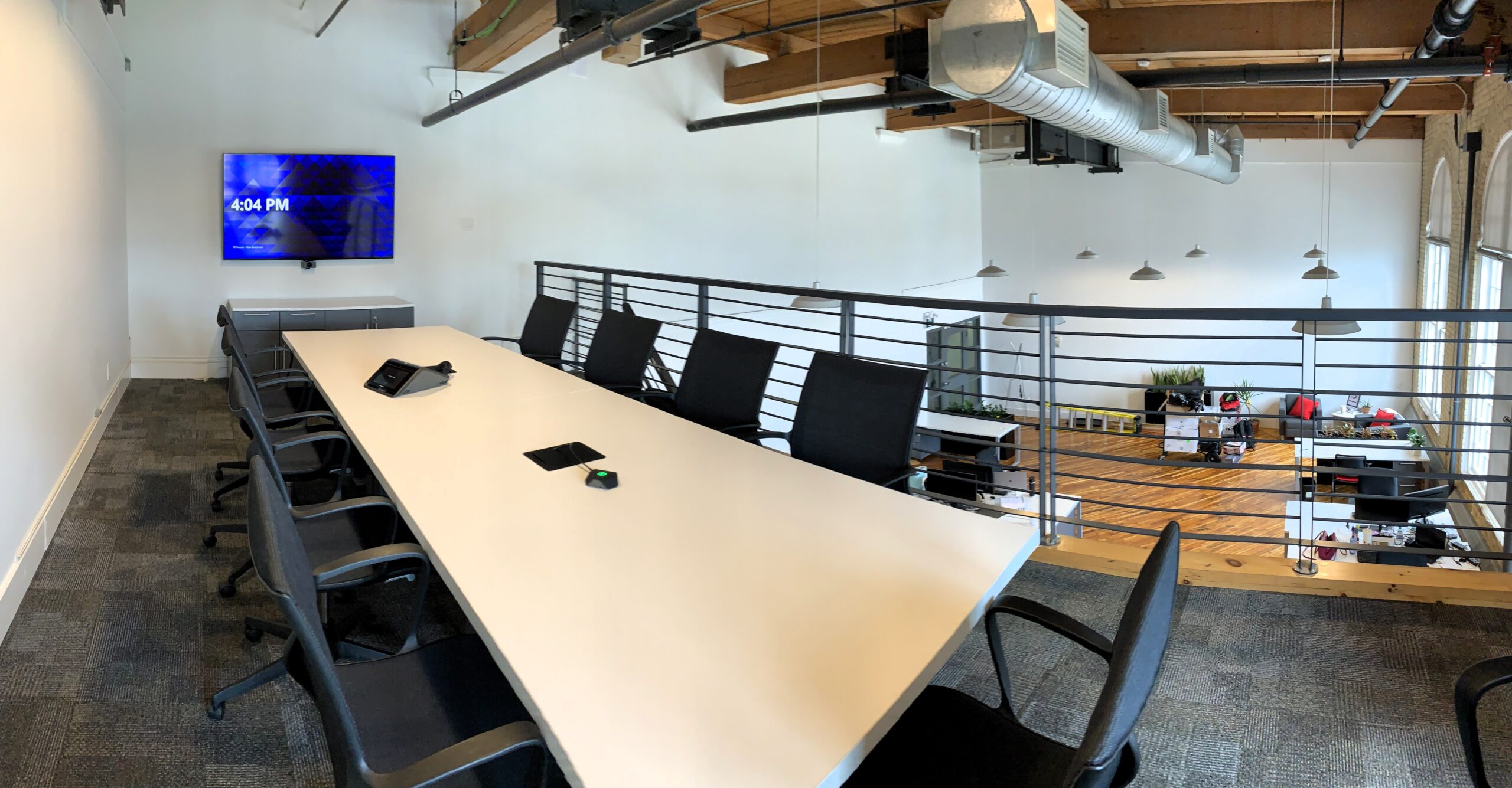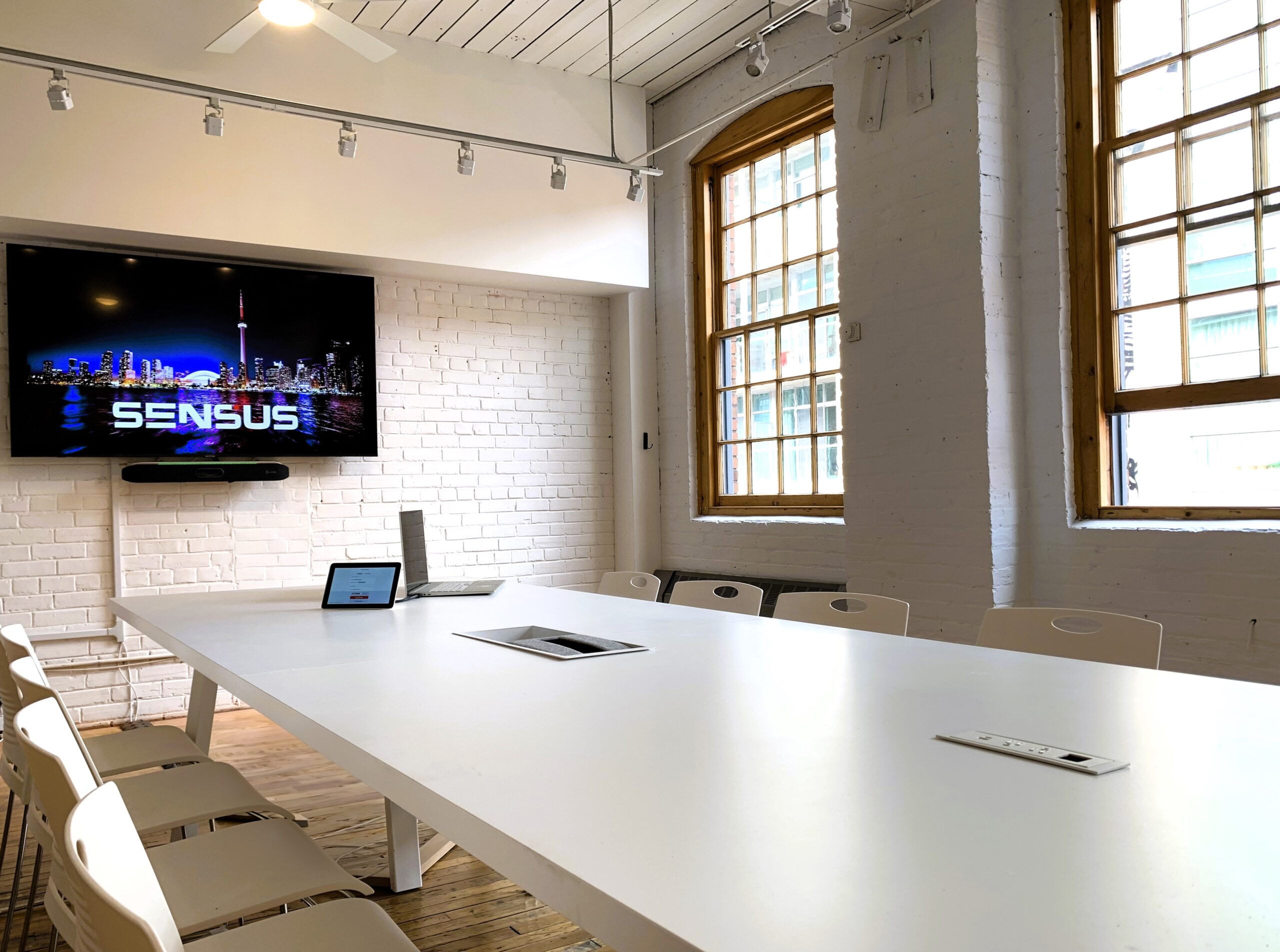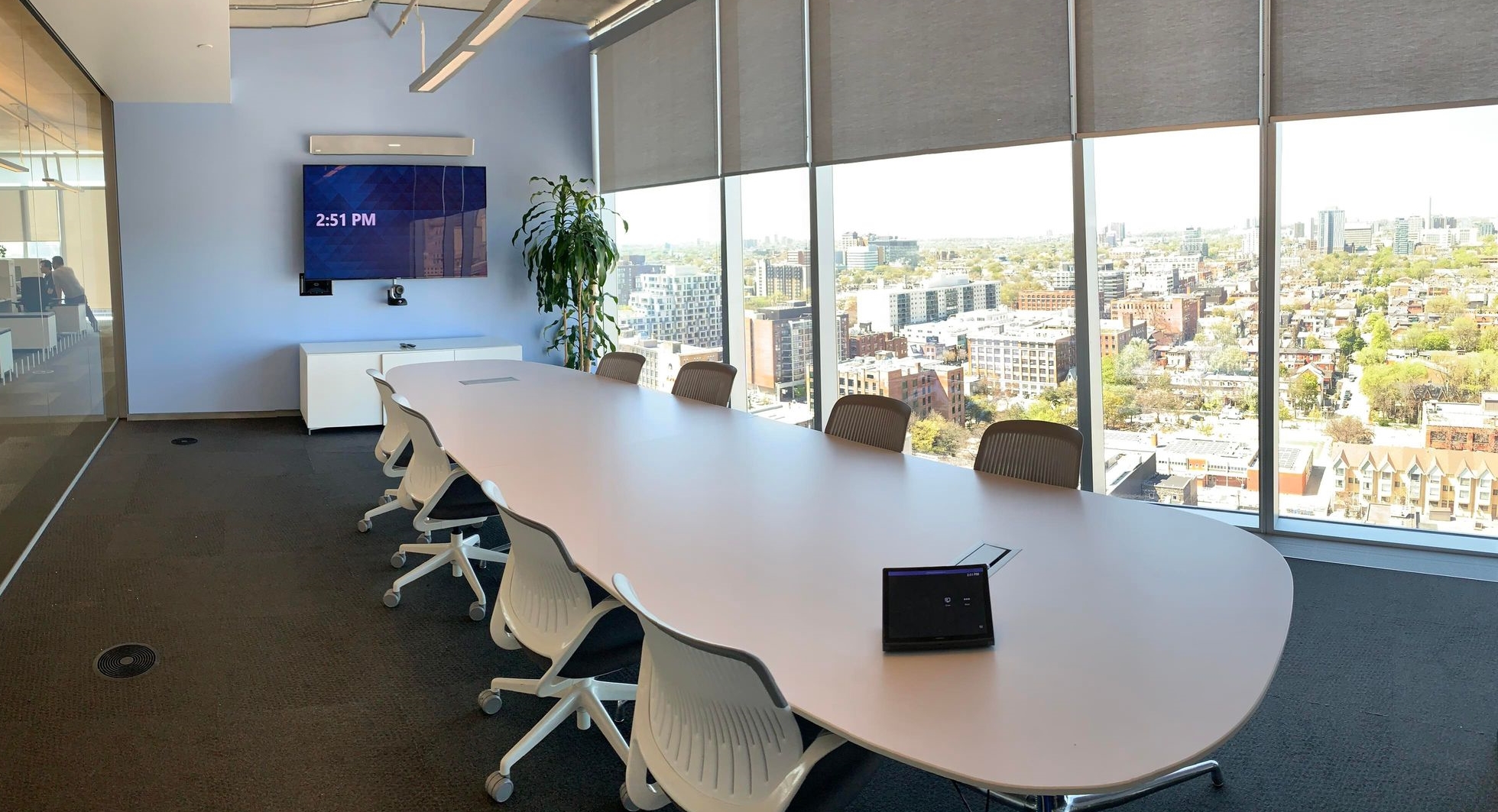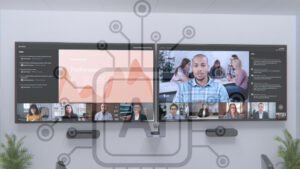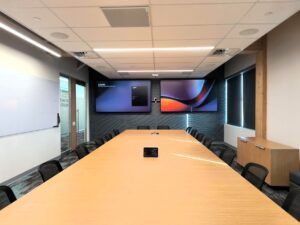At SENSUS, we understand the importance of creating human-centric workplaces where employees feel empowered, engaged, and productive. By integrating easy-to-support technology solutions, organizations can enhance collaboration, communication, and overall work experience. This design guide provides practical insights and recommendations for designing human-centric workplaces with technology that is simple to support and maintain.
Human-Centric Design Principles. What are they?
Human-centric design revolves around creating spaces and technologies that prioritize the needs, preferences, and well-being of individuals. When designing workplaces with human-centric principles, consider the following:
Flexibility and Adaptability: Design spaces that can easily adapt to the changing needs and preferences of employees. Incorporate flexible furniture, modular layouts, and versatile technology solutions to accommodate various work styles and activities.
Comfort and Ergonomics: Prioritize employee comfort and well-being by selecting ergonomic furniture, adjustable lighting, and proper acoustic treatments. Create environments that minimize distractions and support concentration, collaboration, and creativity.
Inclusivity and Accessibility: Ensure that workplace designs and technologies are inclusive and accessible to individuals of all abilities. Consider factors such as mobility, vision, and hearing impairments when selecting furniture, equipment, and digital interfaces.
Biophilic Elements: Integrate biophilic elements such as natural light, indoor plants, and nature-inspired design elements to create a connection with the natural environment. Incorporating biophilic elements has been shown to improve mood, productivity, and overall well-being.
Integrating Easy-to-Support Technology Solutions
Incorporating technology solutions that are easy to support and maintain is essential for optimizing workplace efficiency and minimizing downtime. Consider the following guidelines when selecting and implementing technology solutions:
Standardization and Compatibility: Standardize technology platforms and devices across the organization to streamline support processes and ensure compatibility. Select solutions that integrate seamlessly with existing infrastructure and software ecosystems.
User-Friendly Interfaces: Choose technology solutions with intuitive user interfaces and minimal learning curves. Prioritize simplicity and ease of use to empower employees to leverage technology effectively without extensive training or support.
Remote Management Capabilities: Select technology solutions that offer remote management capabilities, allowing IT teams to monitor, troubleshoot, and update devices and software from a centralized location. Remote management reduces the need for on-site support and minimizes downtime.
Scalability and Futureproofing: Invest in technology solutions that are scalable and adaptable to accommodate future growth and changes in business requirements. Select vendors and products with a track record of innovation and long-term support.
Implementing Collaborative Technology Solutions
Collaborative technology solutions play a critical role in fostering communication, teamwork, and innovation in modern workplaces. When implementing collaborative technology solutions, consider the following strategies:
Unified Communication Platforms: Deploy unified communication platforms such as Microsoft Teams or Zoom that integrate messaging, video conferencing, file sharing, and project management capabilities. Unified platforms streamline communication and collaboration across teams and departments.
Interactive Displays and Collaboration Tools: Install interactive displays, digital whiteboards, wireless content sharing, and collaboration tools in meeting rooms and shared spaces to facilitate brainstorming, ideation, and decision-making. Ensure that these tools are user-friendly and compatible with existing technology infrastructure.
Training and Support: Provide comprehensive training and support resources to employees to help them leverage collaborative technology solutions effectively. Offer workshops, tutorials, and user guides to familiarize users with features and best practices for collaboration.
By adhering to human-centric design principles and integrating easy-to-support technology solutions, organizations can create workplaces that foster creativity, collaboration, and employee well-being. At SENSUS, we are committed to helping organizations design and implement technology solutions that enhance productivity, communication, and collaboration in human-centric workplaces.
We would love to help your organization communicate and collaborate better. sales@sensusinc.com
